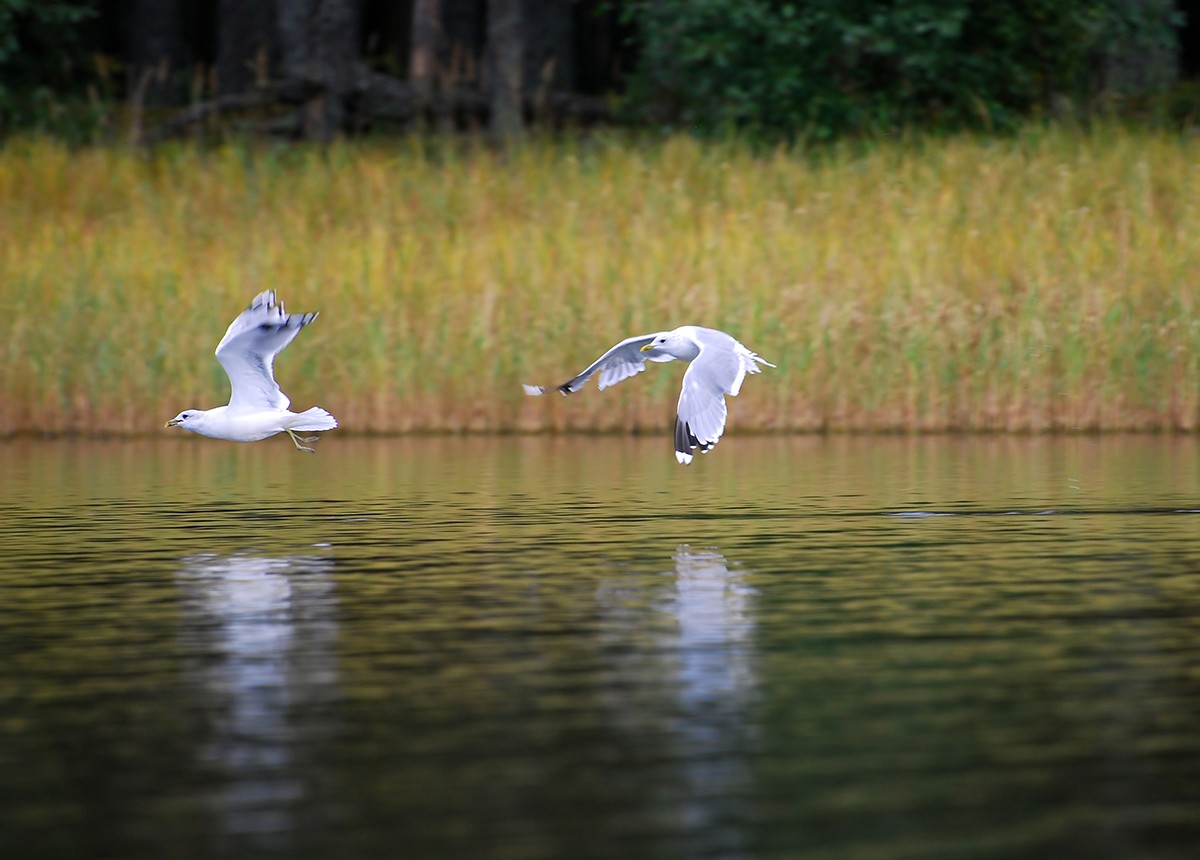Caspian Gull
A species of Gulls Scientific name : Larus cachinnans Genus : Gulls
Caspian Gull, A species of Gulls
Botanical name: Larus cachinnans
Genus: Gulls
Content
Description General Info
 Photo By English: Aleksandr MarkinРусский: Александр Маркин , used under CC-BY-SA-2.0 /Cropped and compressed from original
Photo By English: Aleksandr MarkinРусский: Александр Маркин , used under CC-BY-SA-2.0 /Cropped and compressed from original Description
The caspian Gull is a majestic bird. This gull is a common sight in the coastal areas around the Black and Caspian Seas, where it feeds on a variety of food including fish, insects, and rodents. It is known for its agility and can be seen soaring high in search of food. 
Size
68 cm
Colors
Black
Gray
White
Life Expectancy
32 years
Nest Placement
Ground
Feeding Habits
Caspian Gull consumes a varied diet as both a scavenger and predator, feeding on rodents like ground squirrels during breeding season, and traveling into the steppes to hunt.
Habitat
The habitat of caspian Gull includes coastal landscapes and inland waterways, extending from marine domains to agricultural fields and rubbish dumps. During breeding, caspian Gull can be found in varied environments such as sandy beaches, coastal cliffs, and islands, adapting to regions with vegetation or semi-desert terrains up to altitudes of 3000 meters.
Dite type
Omnivorous
General Info
Feeding Habits
Bird food type
Distribution Area
The Caspian gull breeds around the Black and Caspian Seas, extending eastwards across Central Asia to north-west China. In Europe, it has been spreading north and west and now breeds in Poland and eastern Germany. Some birds migrate south as far as the Red Sea and Persian Gulf, while others disperse into Western Europe, in countries such as Sweden, Norway and Denmark or the Benelux and even North of France. Small numbers are now seen regularly in Britain, especially in South-east England, East Anglia, and the Midlands. 
Species Status
Not globally threatened.

 Photo By English: Aleksandr MarkinРусский: Александр Маркин , used under CC-BY-SA-2.0 /Cropped and compressed from original
Photo By English: Aleksandr MarkinРусский: Александр Маркин , used under CC-BY-SA-2.0 /Cropped and compressed from original